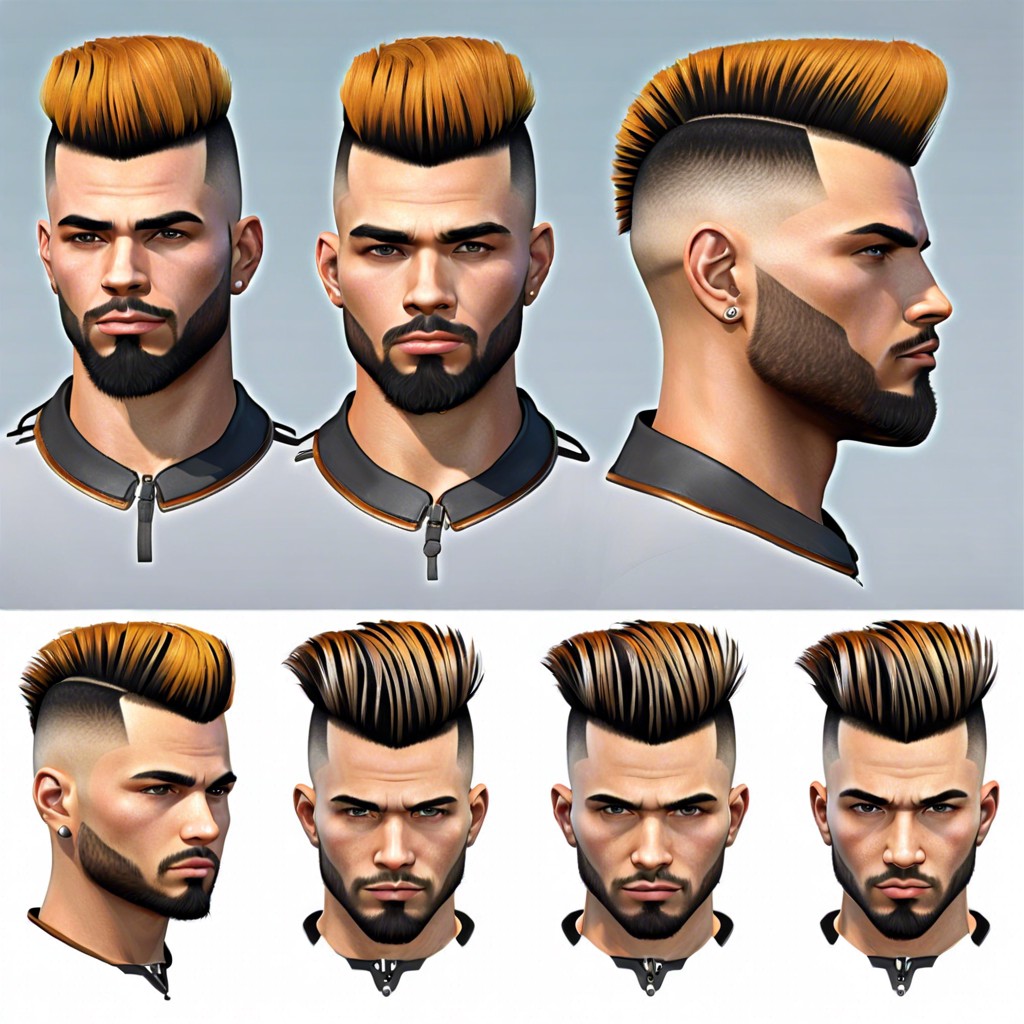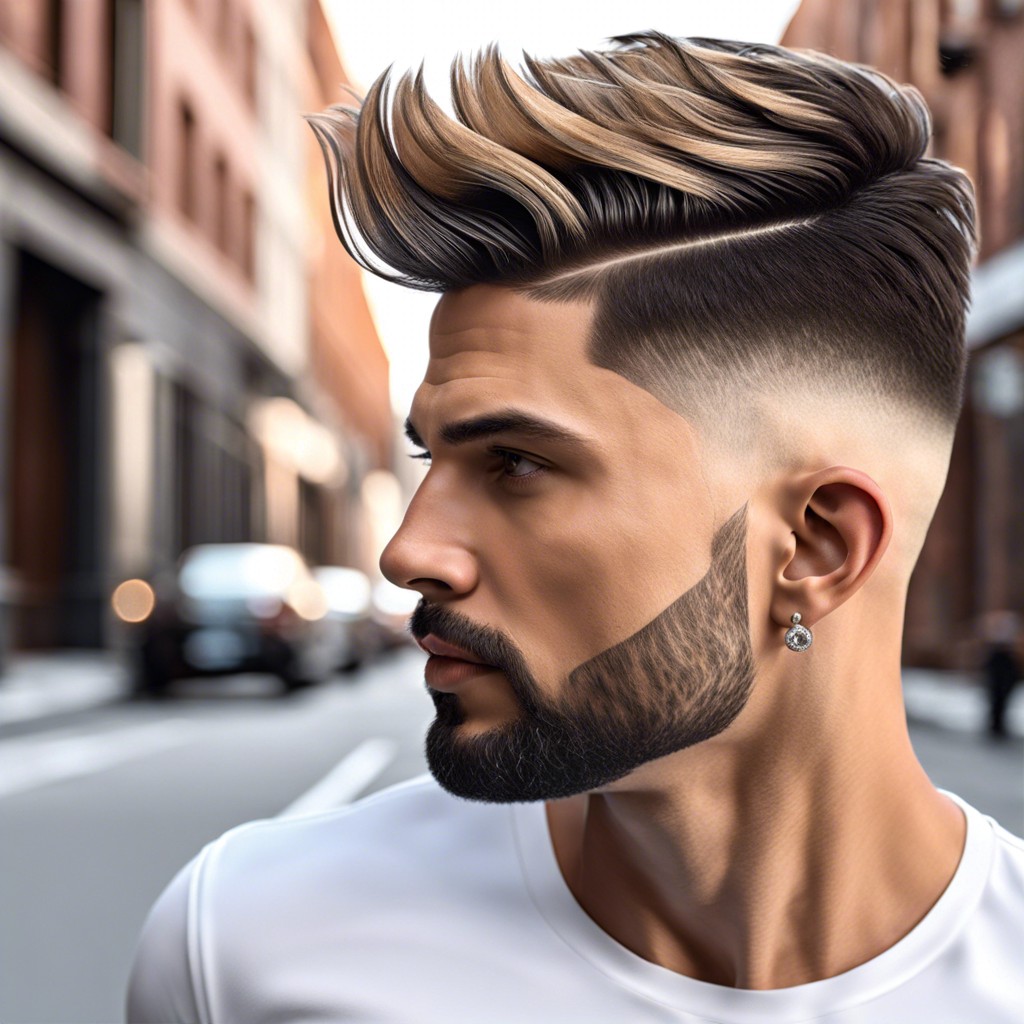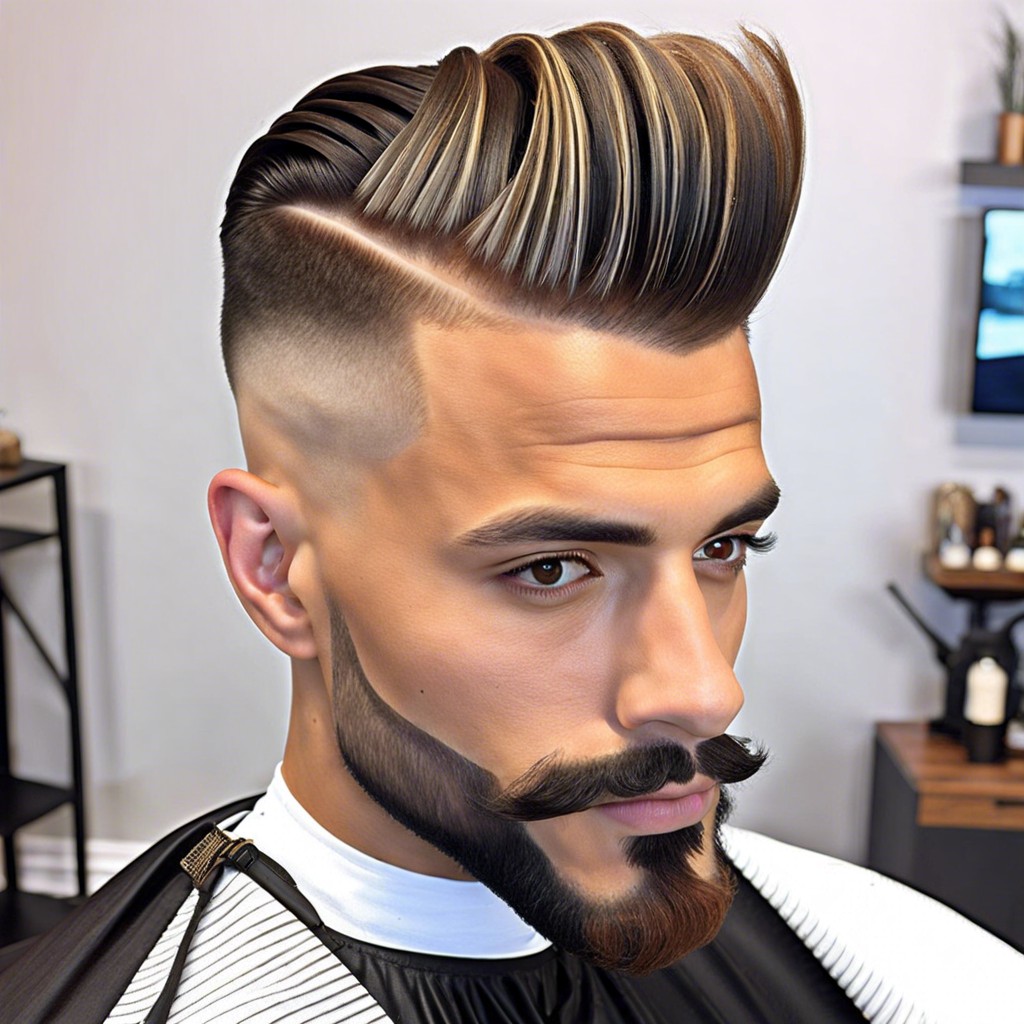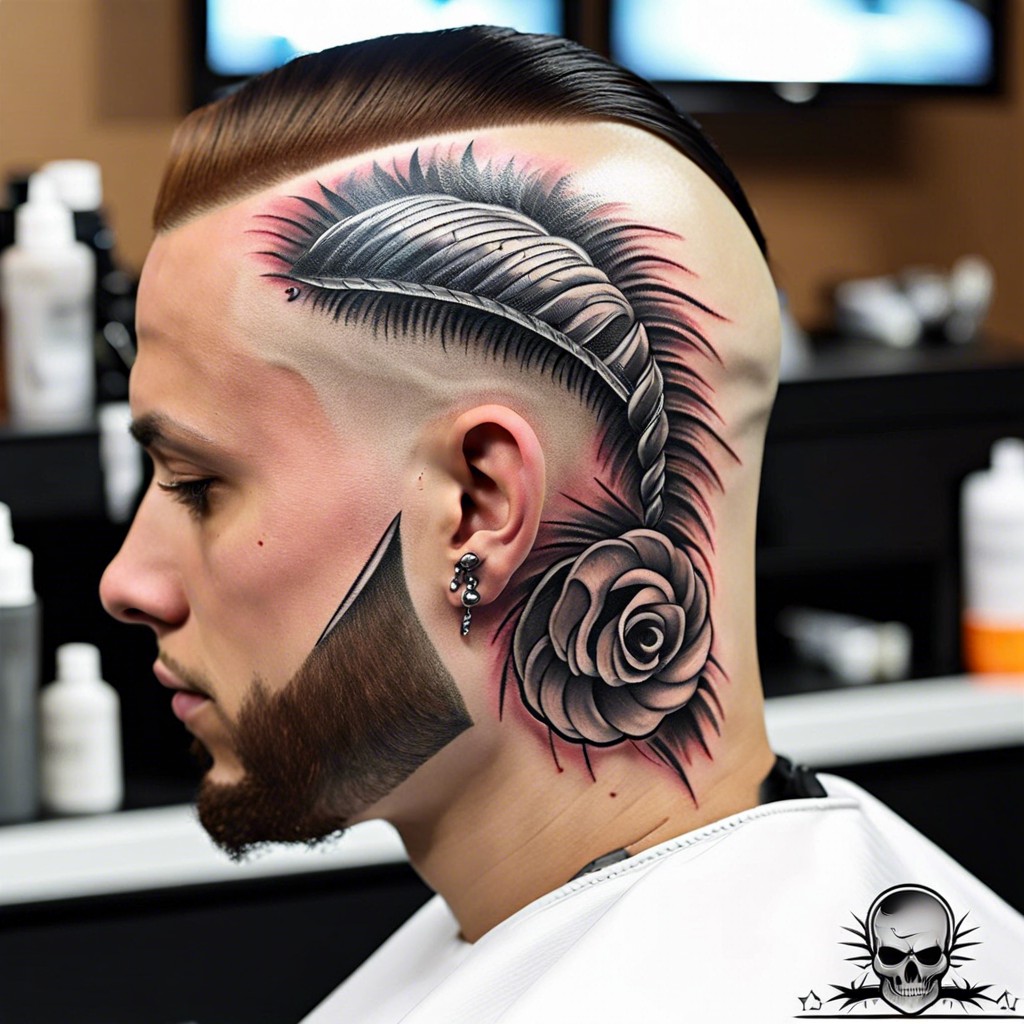Learn the nuanced distinctions between a fade and a taper haircut to choose the style that best suits your personal aesthetic.
Definition Comparison: Fade Vs Taper
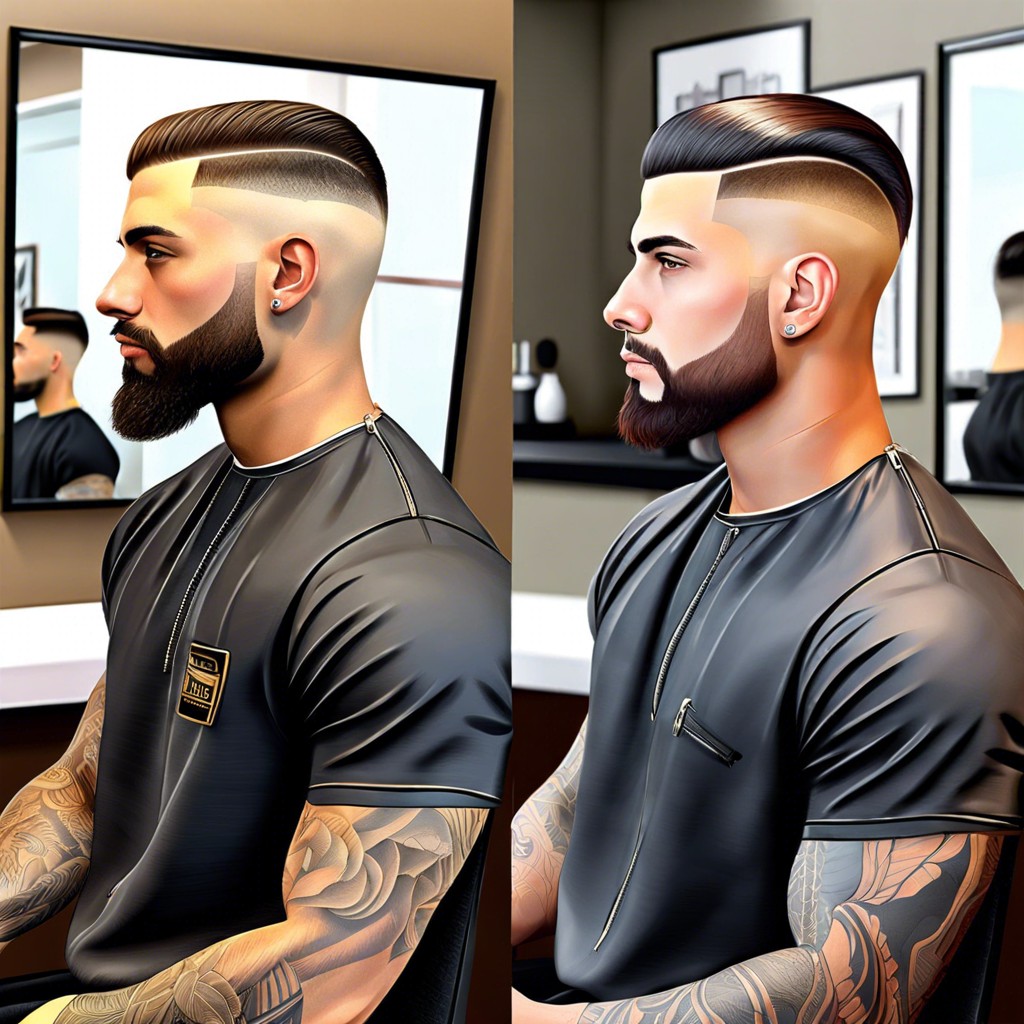
A fade haircut blends hair from very short at the bottom to longer at the top, often creating a stark contrast. In contrast, a taper gradually changes hair length from the top down, with a less dramatic transition than a fade. Both styles structure the hairline around the back and sides of the head but to varying degrees of intensity.
Haircut Gradient Levels
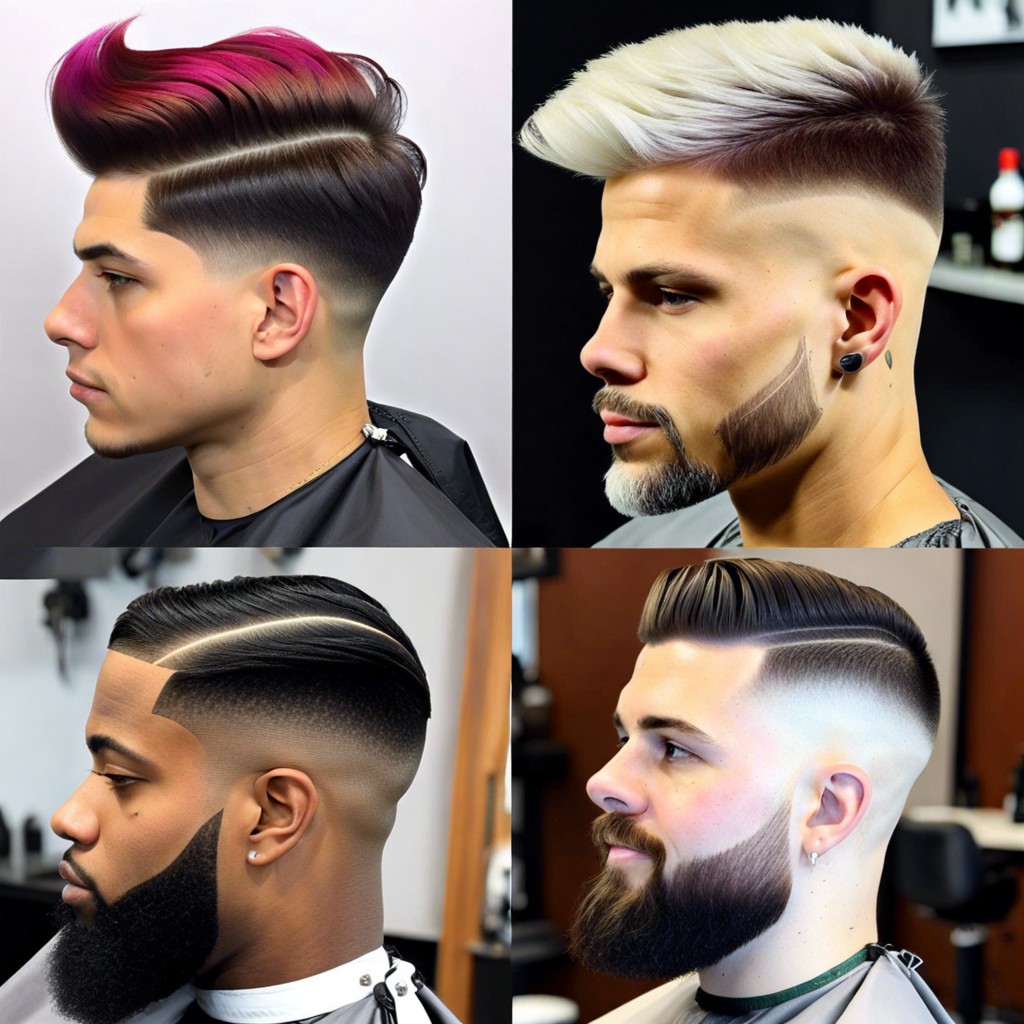
A fade incorporates a smooth gradient, often starting from nearly bald at the bottom to a chosen length on top. On the other hand, a taper typically presents a more subtle transition, with hair gradually shortening from the top down to the natural hairline at the neck and temples. The level of gradient in both styles dictates their boldness and can influence the frequency of touch-up appointments.
Styling Options for Fades
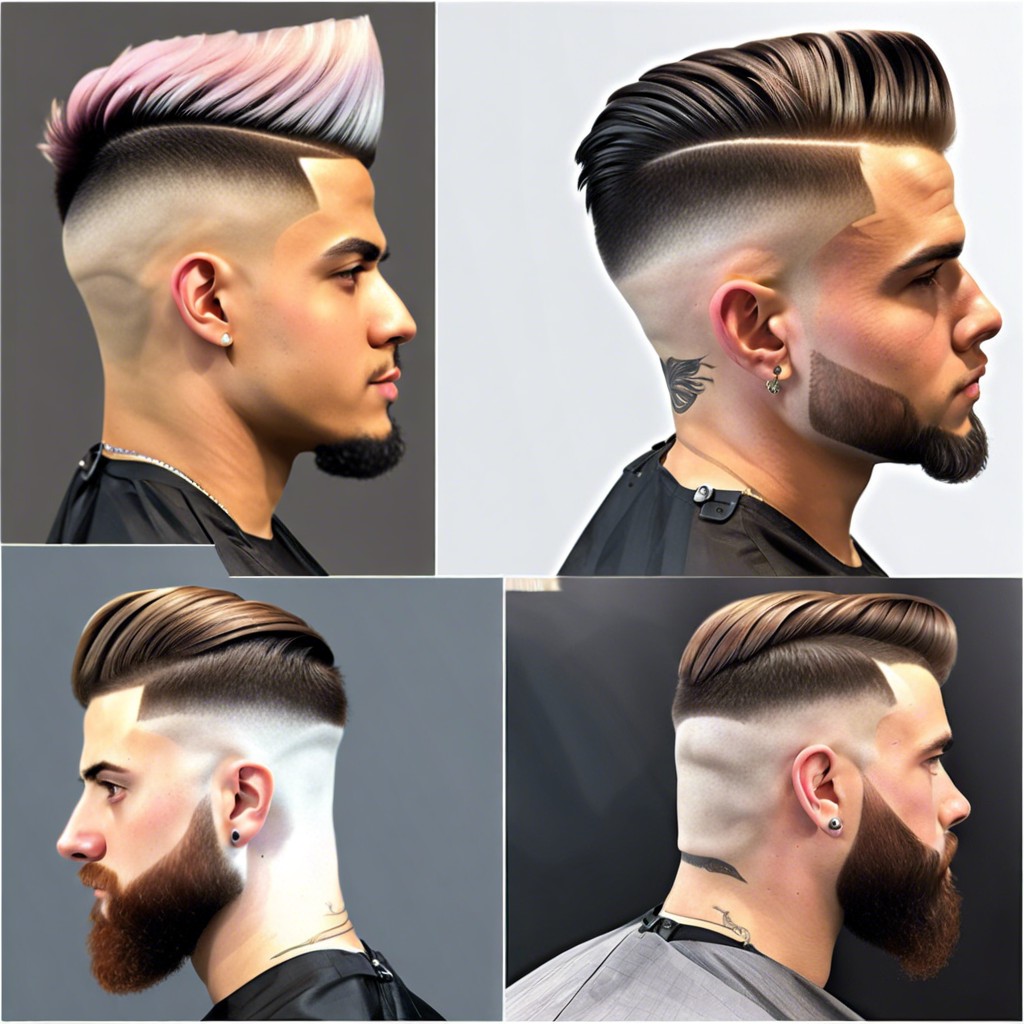
Fades can be elevated with precise line-ups and hair designs, adding an edgy and personalized touch. Slicked-back looks or pompadours are ideal for a fade, providing a stark contrast between the sides and the voluminous top. Incorporating a longer top also allows for versatility in textured styling, such as spikes or curls, dramatizing the gradient effect.
Styling Options for Tapers
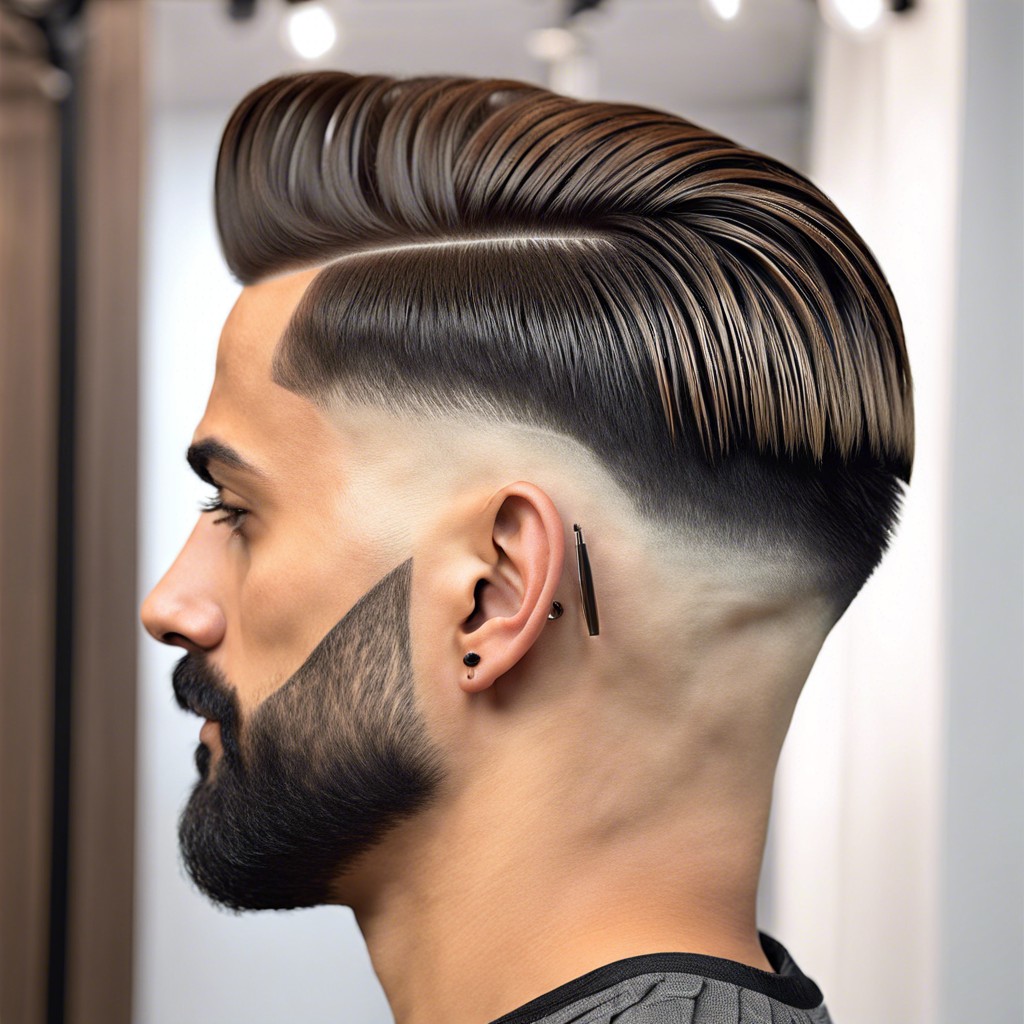
Taper cuts offer a more subtle transition, making them versatile for both casual and professional settings. They can be effortlessly paired with a range of hair textures and lengths, inviting personal flair into an otherwise classic look. With the ability to keep more length up top, tapers allow for styling creativity, from slicked-back looks to textured, spiky finishes.
Common Fade Types
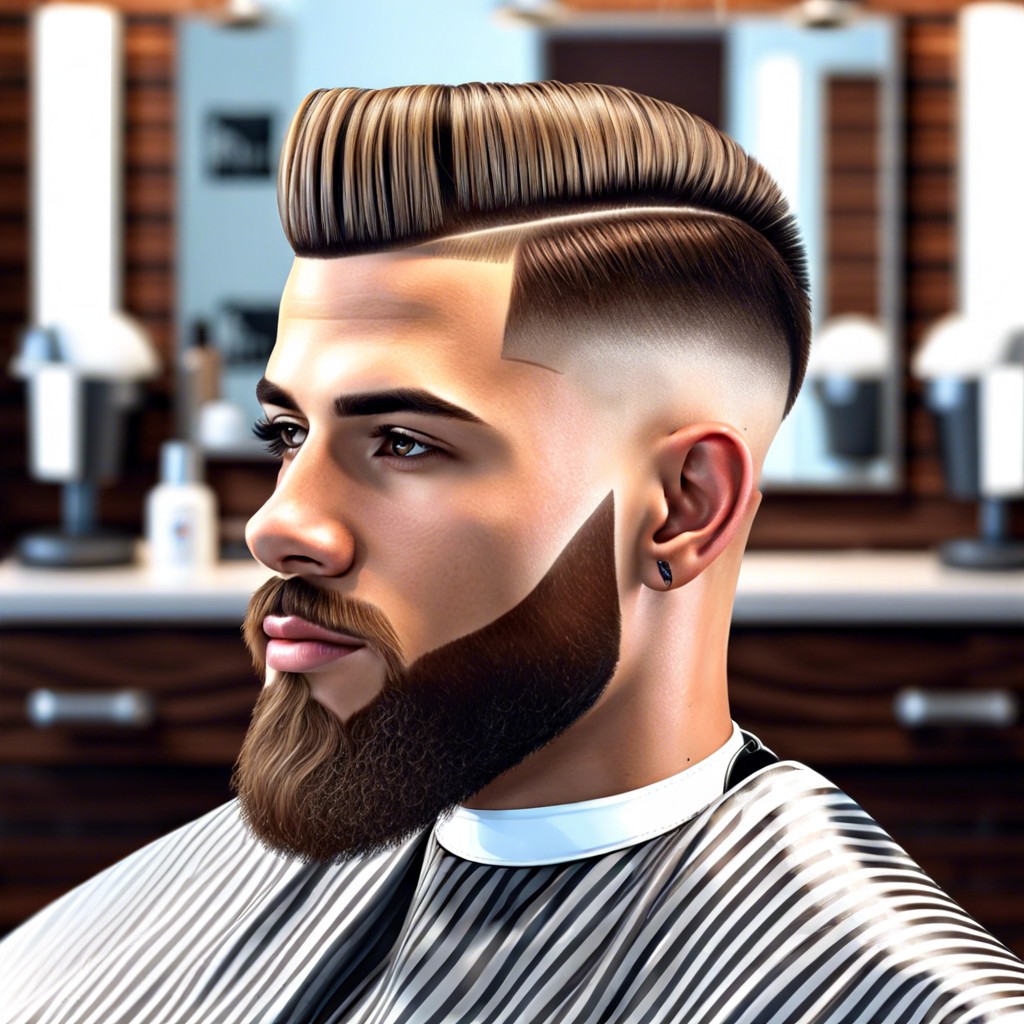
Skin fades blend the hair into the skin for a sharp, high-contrast look, popular for their modern, sleek appearance. Low fades start just above the ears, offering a subtle transition from short to slightly longer hair, suitable for a more understated style. Mid and high fades begin higher up the head, creating a more pronounced and dramatic effect that draws attention to the hair’s styling.
Common Taper Types
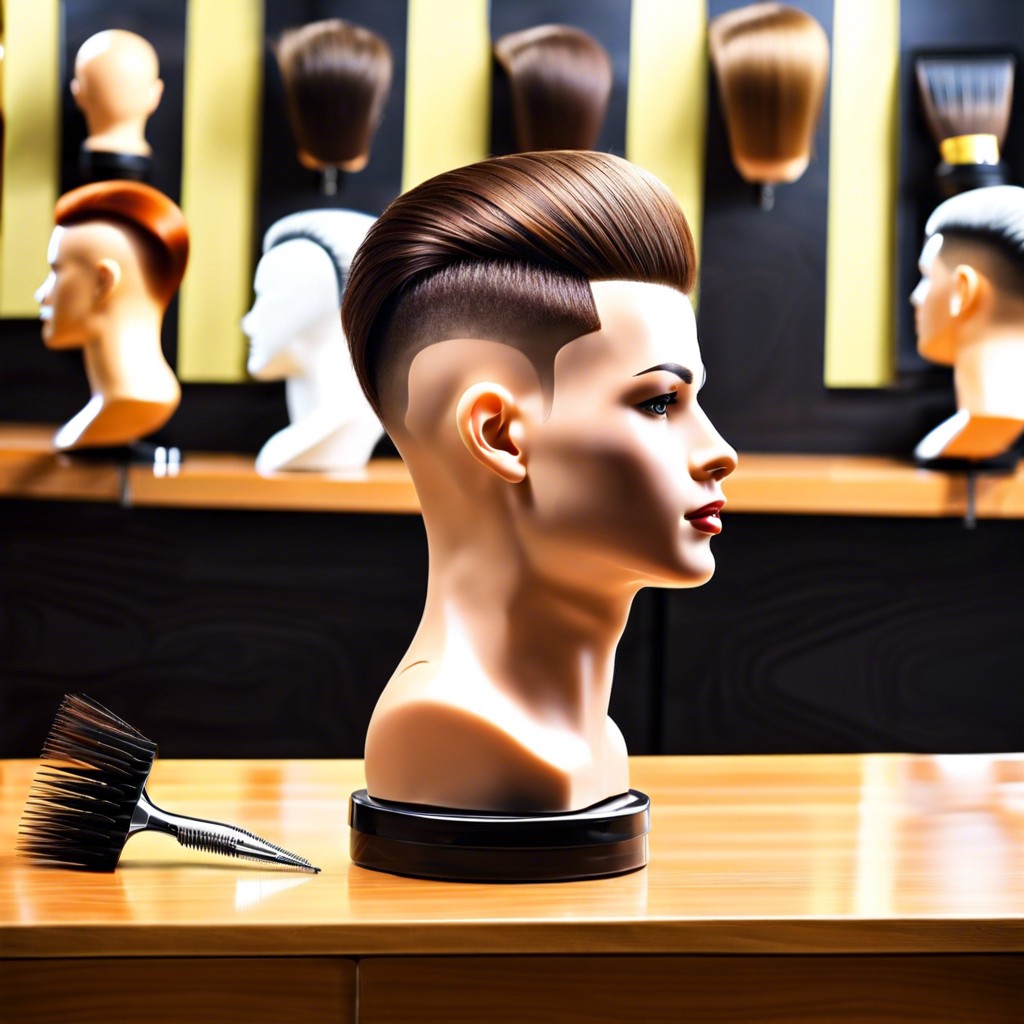
A classic taper usually leaves more length on top while progressively shortening the sides and back, blending smoothly down to the neckline. A low taper focuses the gradient effect near the edges of the hairline, maintaining a more traditional appearance that’s ideal for conservative work environments. The high taper offers a bolder transition, starting the gradient at a higher point on the head, giving a more pronounced and edgy look.
Suitability By Face Shape
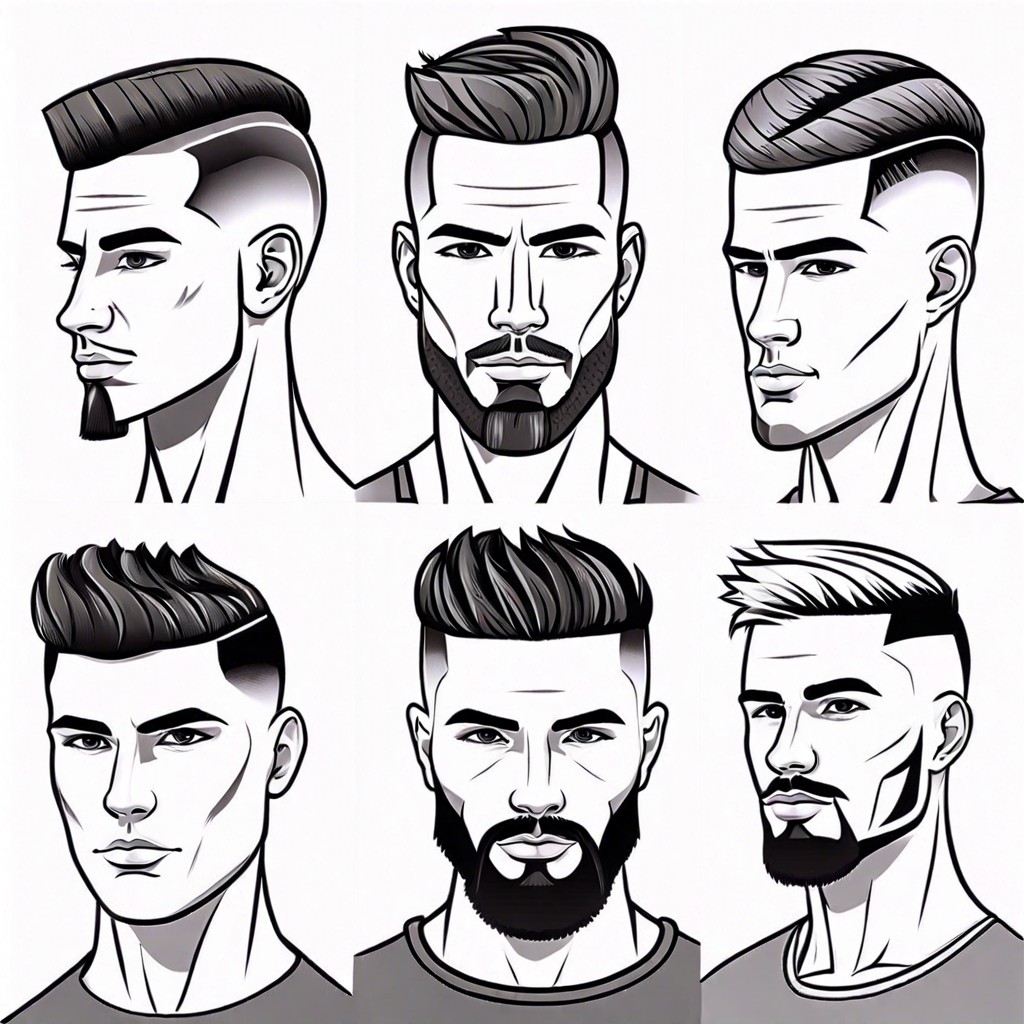
Selecting between a fade or taper can enhance your facial features; fades often suit angular faces by adding structure, while tapers can soften strong jawlines. A round face may benefit from a high fade to elongate the face, whereas a low taper can maintain balance without exaggerating width. Identifying your face shape is crucial to achieve a harmonious look, as certain hairstyles can accentuate the best features while minimizing less desired aspects.
Maintenance Level: Fade Vs Taper
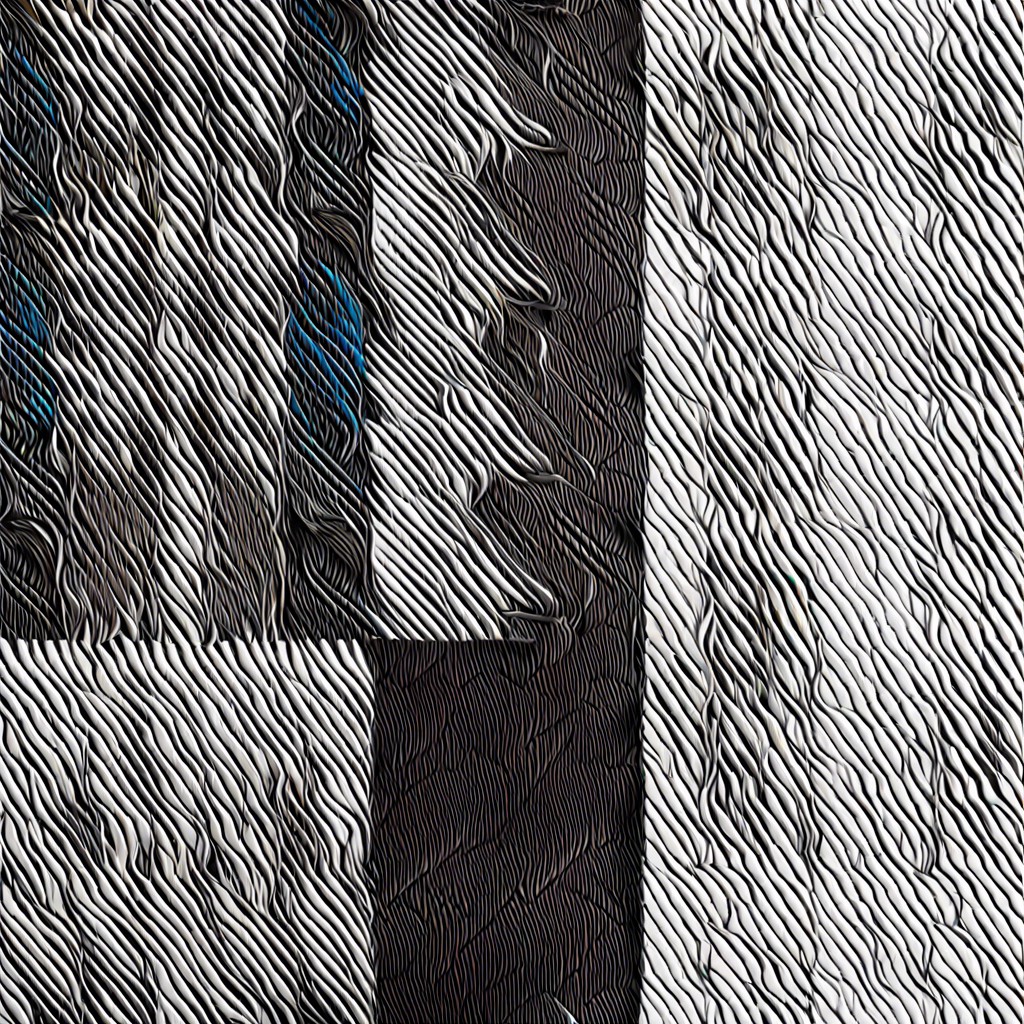
Fades often require more frequent touch-ups to maintain their sharp, crisp transitions, generally around every two to three weeks. Tapers, with their more subtle graduation, can extend the time between salon visits, offering a low-maintenance option for those with a busy lifestyle. Both styles, however, do demand regular care to keep the intended shape and clean lines.
Tools Used for Fade Cuts
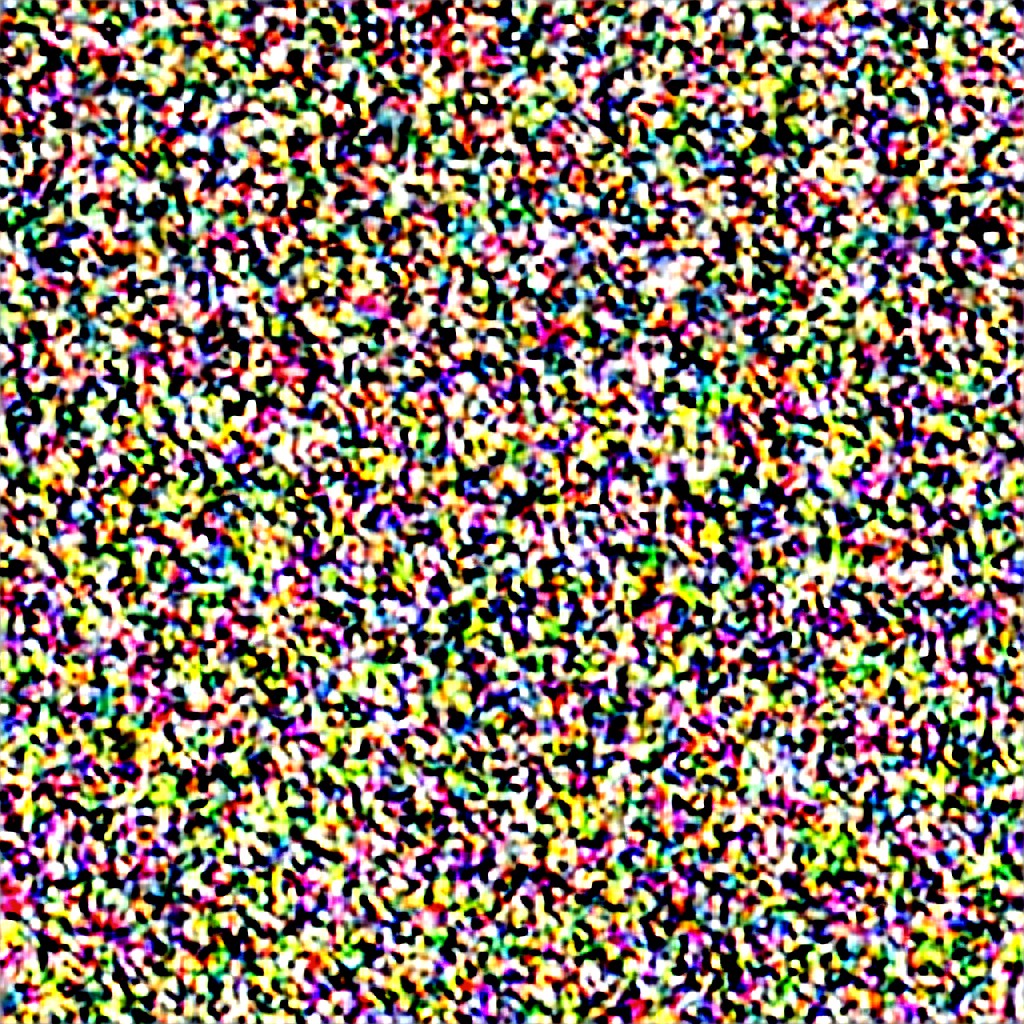
Precision clippers with an assortment of guards are essential for creating fades, allowing for incremental changes in hair length. Detail trimmers help refine the edges and enhance the fade’s clean lines and transitions. Adjustable blades are crucial for blending the various lengths smoothly without leaving demarcation lines.
Tools Used for Taper Cuts
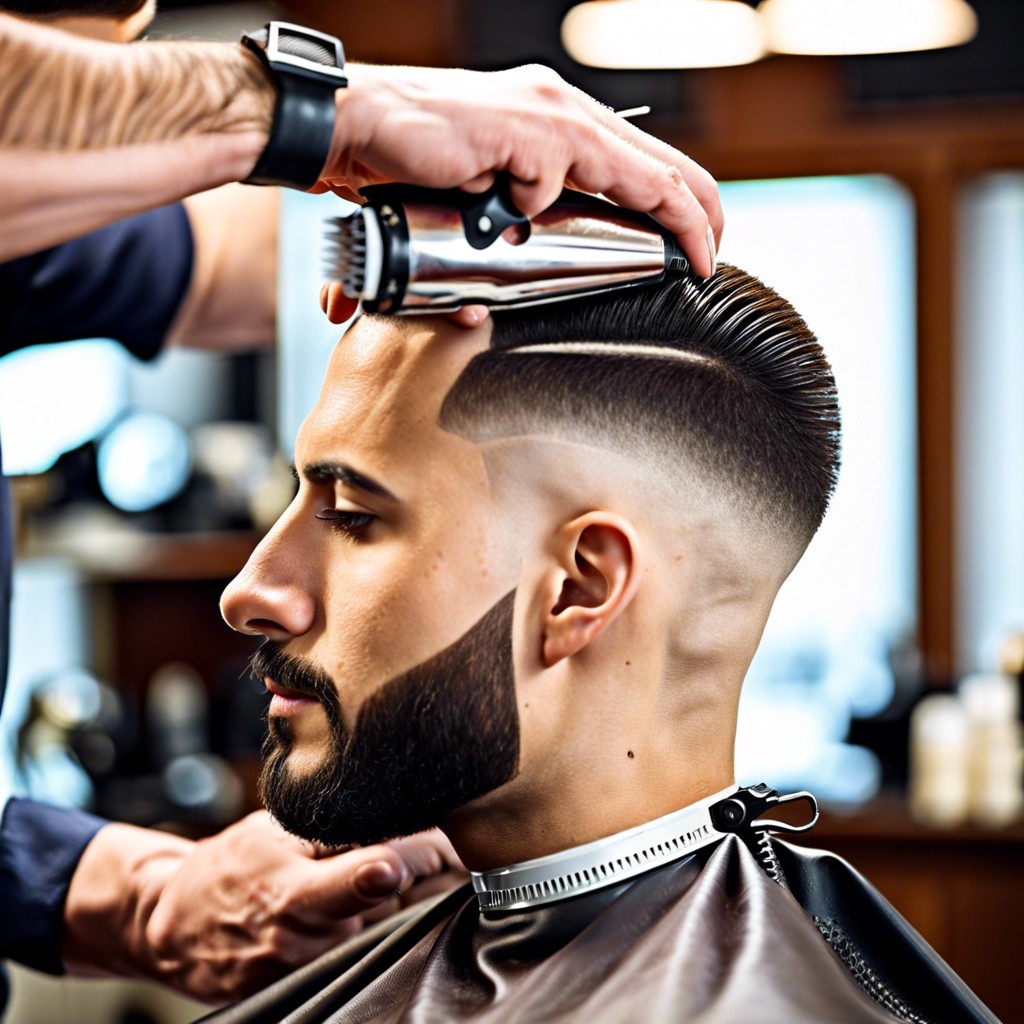
For taper cuts, precision is key, thus stylists often employ scissors to snip the hair gradually, ensuring a subtle decrease in length. To fine-tune the look, adjustable clippers are sometimes utilized, allowing for a more personalized gradient. Additionally, comb and scissor over comb techniques are vital, giving the barber control to blend the hair seamlessly into the longer lengths on top.
Techniques: Scissor Taper Vs Clipper Fade
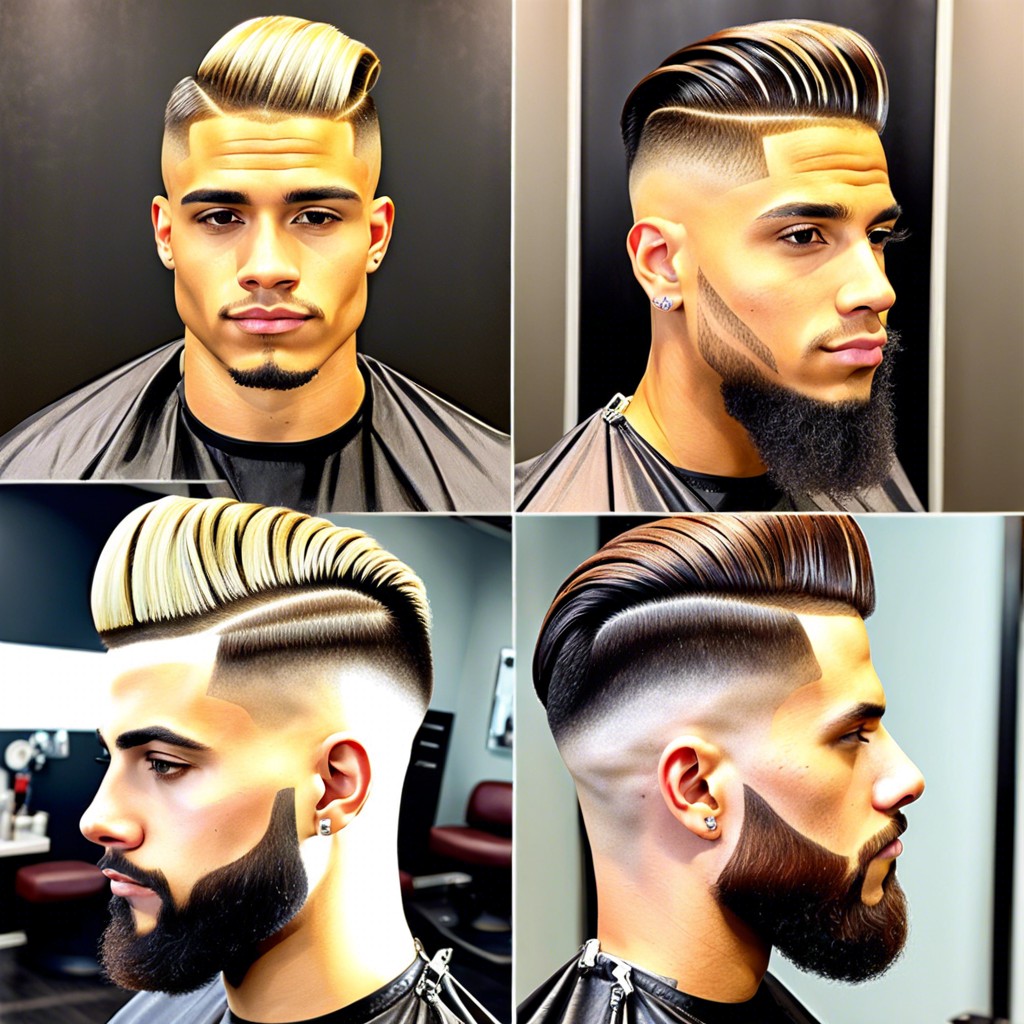
Scissor tapers offer a softer transition due to the precision and subtlety scissors provide. Clipper fades are known for their sharp, clean lines and are usually quicker to achieve than scissor work. The choice between the two techniques often depends on the desired sharpness of the hairline and the skill level of the stylist.
Fades in Ethnic Hair Types
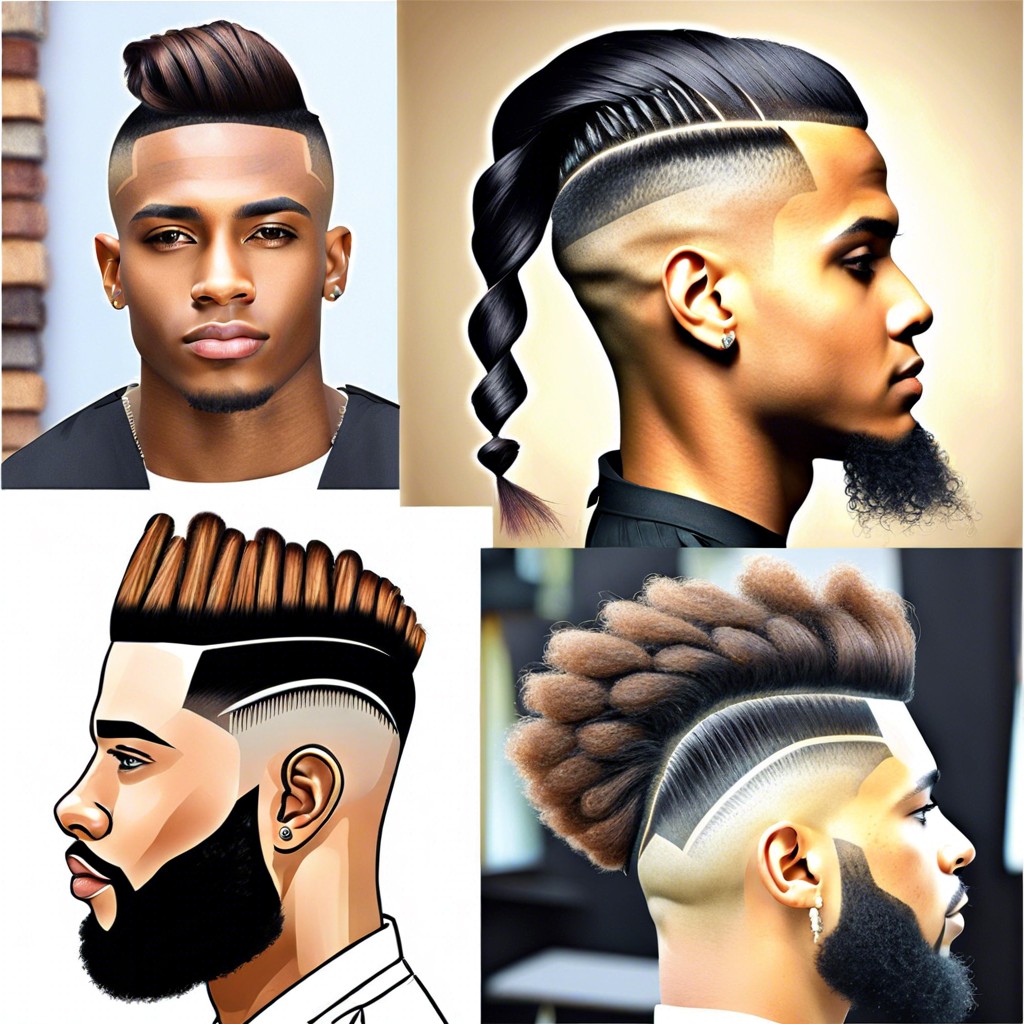
Fades in ethnic hair types, particularly those with coarse or curly textures, create a striking contrast that’s both stylish and manageable. These hair types hold the structure of a fade exceptionally well, leading to sharp and defined cuts that are a testament to a hairdresser’s skill. With the right expertise, a fade on ethnic hair can be tailored to flatter the individual’s natural hair pattern, enhancing their unique look.
Tapers in Different Hair Lengths
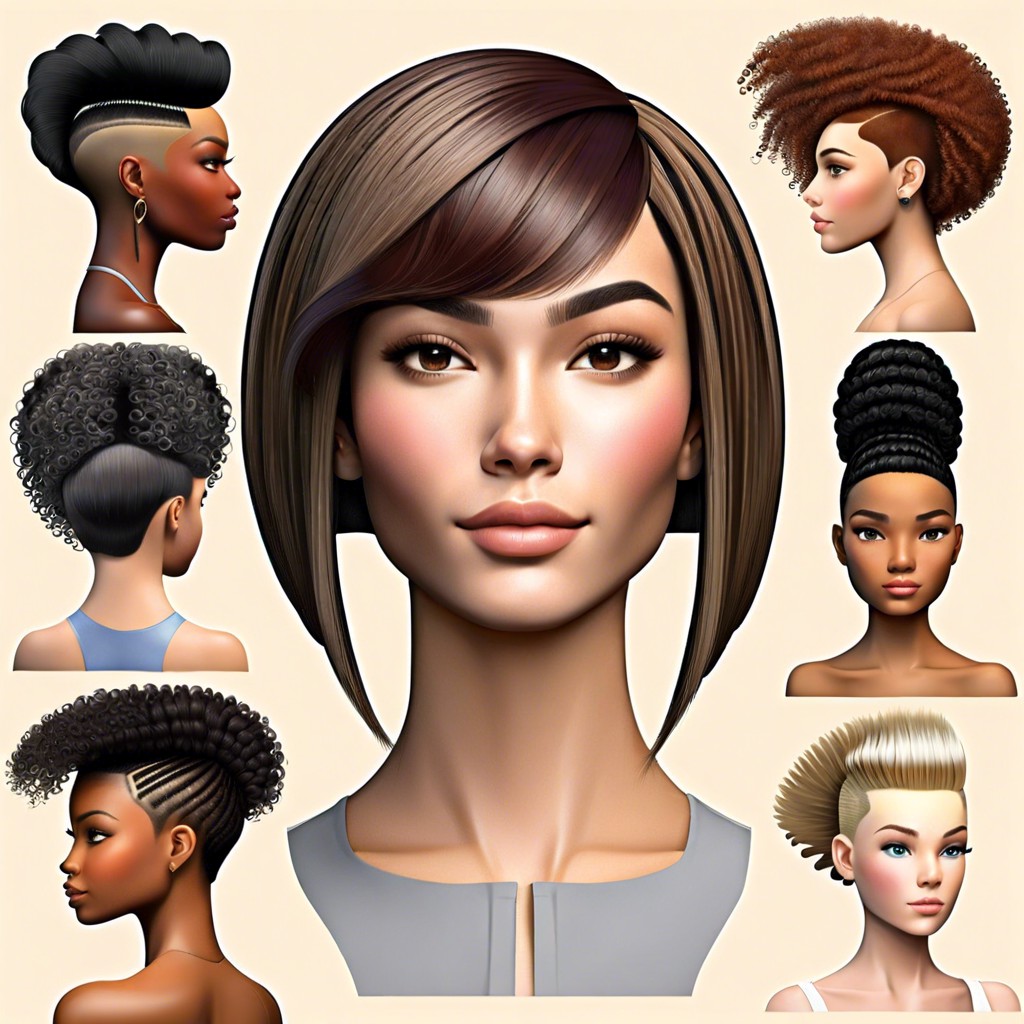
Tapers offer versatility across all hair lengths, enhancing the hairstyle’s natural flow without a stark contrast. Short hair benefits from subtle edge refinement, while longer lengths can enjoy a more pronounced graduation that adds shape and style structure. Medium hair length is the sweet spot where a taper can seamlessly blend the sides into the top, creating a clean, professional look that’s both modern and timeless.
Fade and Taper Combination Styles
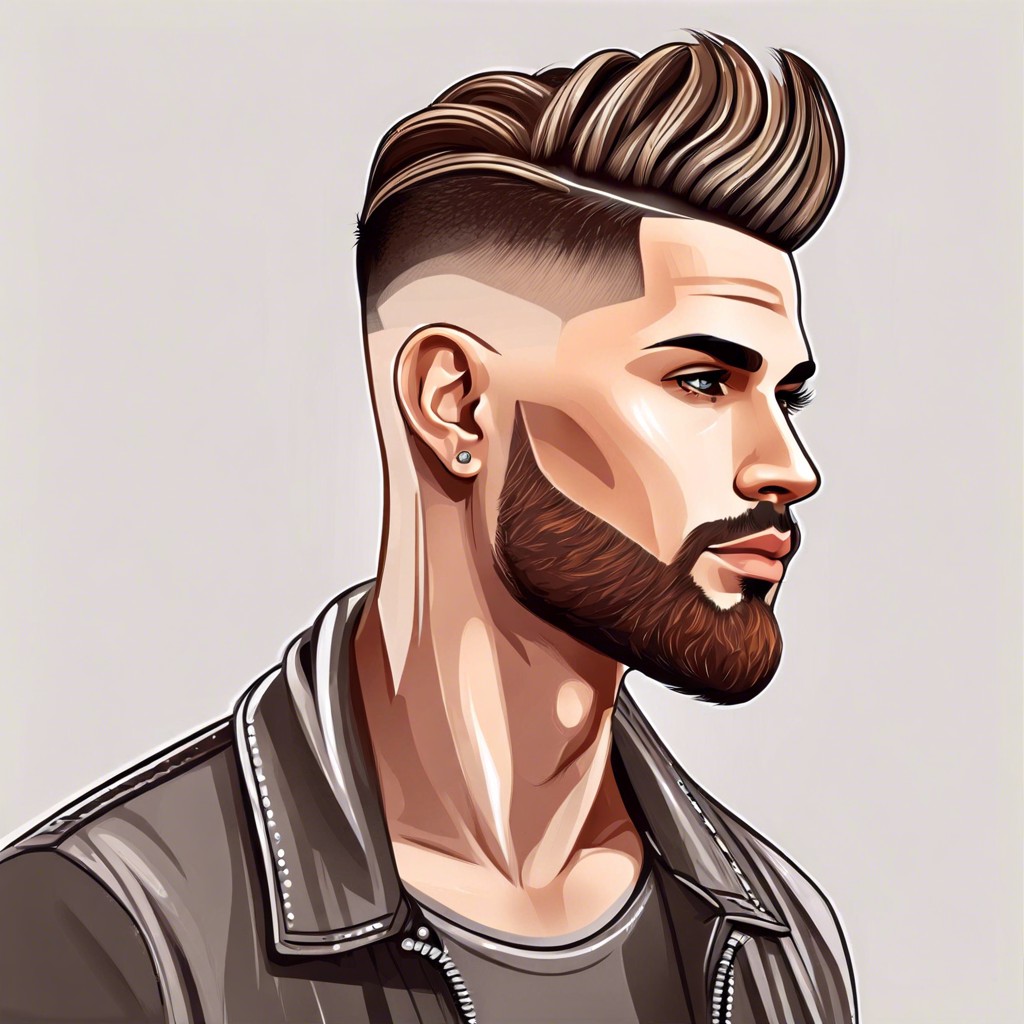
Combining fades and tapers yields a sophisticated, multi-dimensional haircut that gradually transitions from very short at the bottom to a chosen length on top. This hybrid style allows for personalized edginess along the sides with a more conservative, blended appearance higher up. It’s a versatile choice that can be tailored to both bold and understated looks, accommodating a wide range of personal styles and professional settings.
Cultural Significance and Trends
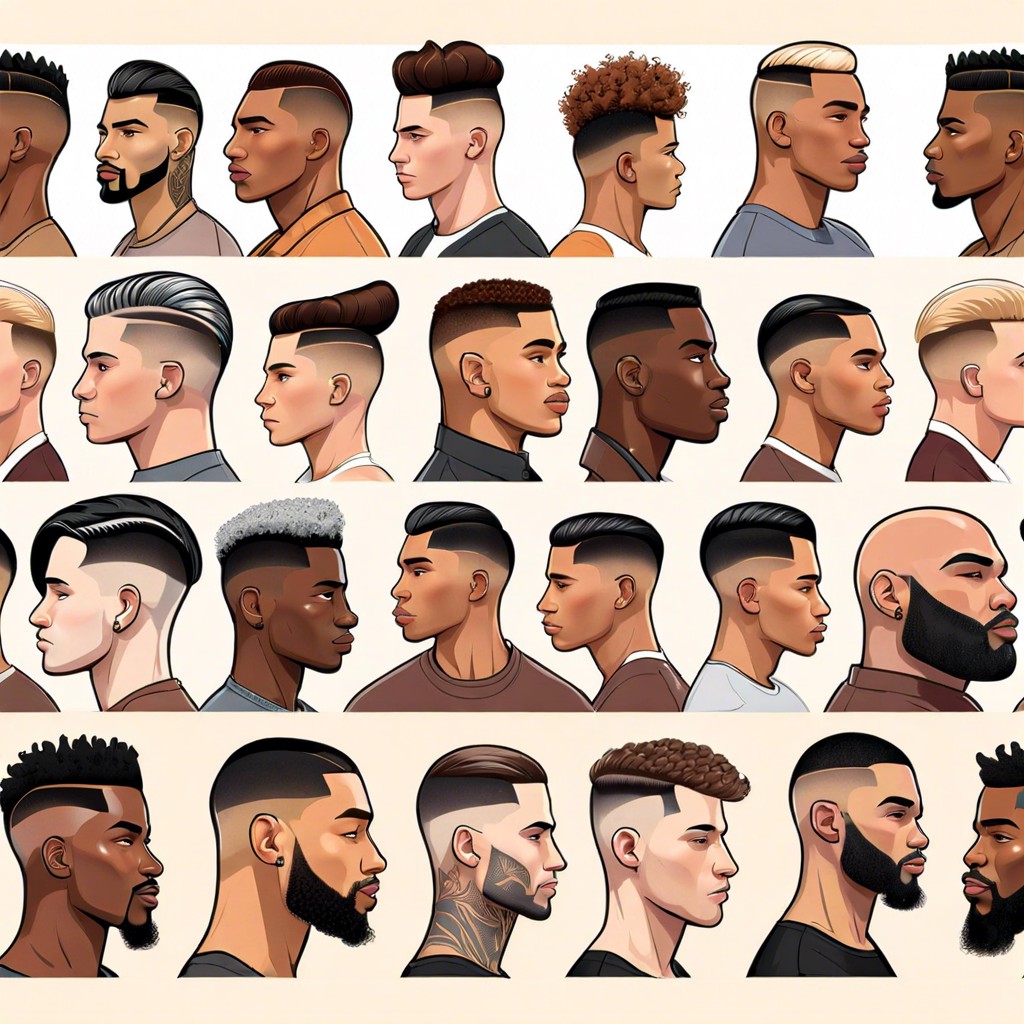
Fades and tapers often reflect the prevailing fashion and subcultural affiliations, marking shifts in style eras. Celebrities and influential figures frequently sport these haircuts, driving their popularity and anchoring them as symbols of modernity. Urban music scenes and sports personalities in particular have embraced these styles, cementing their status as more than just a haircut but a statement of identity and belonging.
